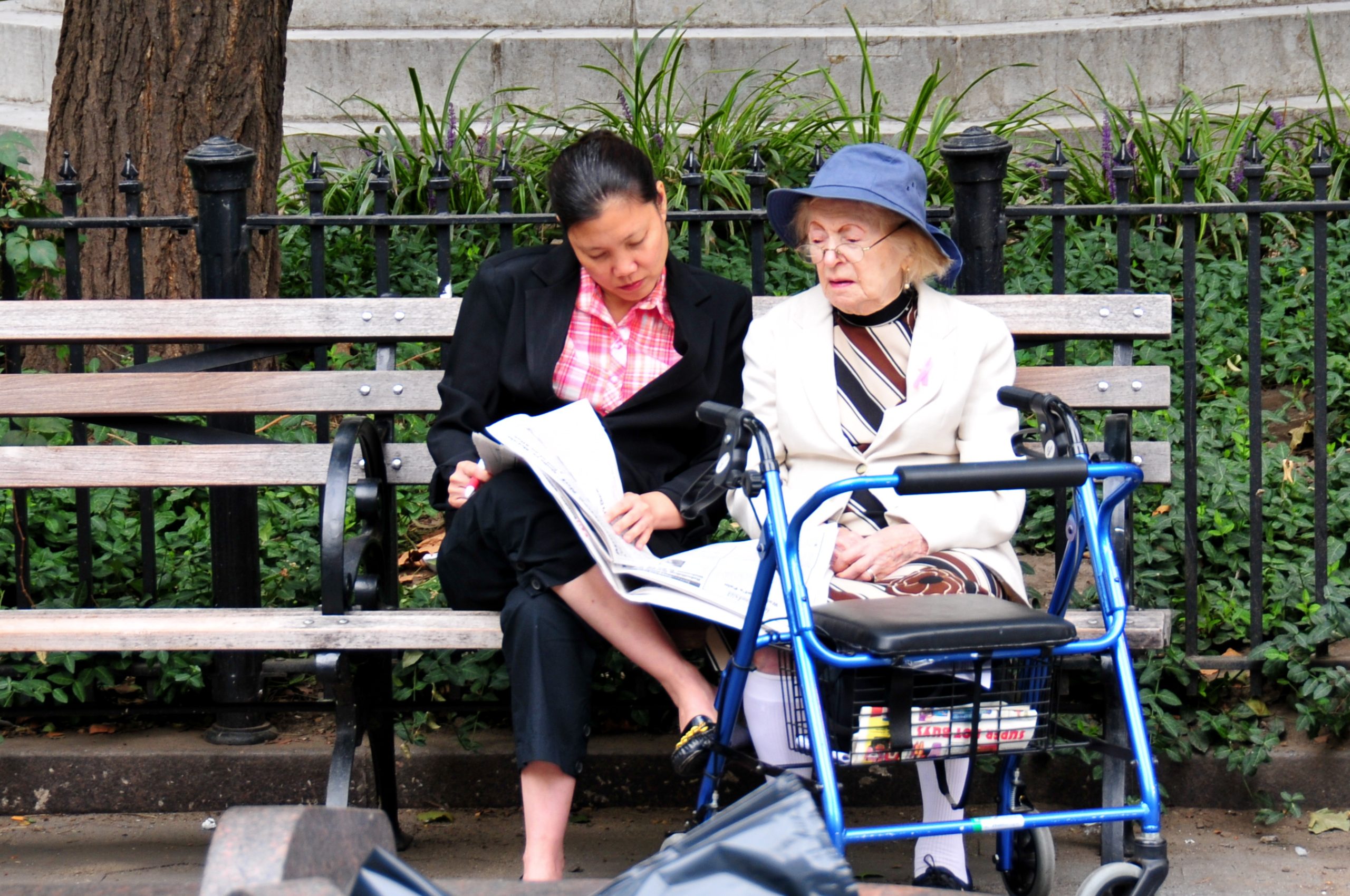The Psychological Connection
5.1 Why Does Community Intervention Matter

The Community Service of the University of Seville in Spain has developed this community intervention program that matches university students with those who need services, including the elderly, people with disabilities, and single mothers. With this program, students receive free housing in exchange for providing company to the people with whom they live. They are also expected to help out with small domestic tasks and provide assistance to their hosts. The program is based on models of social support and mutual help. The university helps by matching students with those who need these resources, but also provides training, guidance, and ongoing monitoring to ensure that both parties benefit from the program. By being involved in this exchange, the students develop empathy, caring skills, and communication competencies, all attributes necessary to build strong communities. The evaluation of the program has shown improved perceptions of available social support and improved psychological well-being among participants. This program is an example of a successful community intervention.
The use of different research methods to understand person-environment interactions and also determine whether community interventions have been successful.
Prevention or promotion programs that aim to promote behavioral change in defined community contexts to address social problems.
